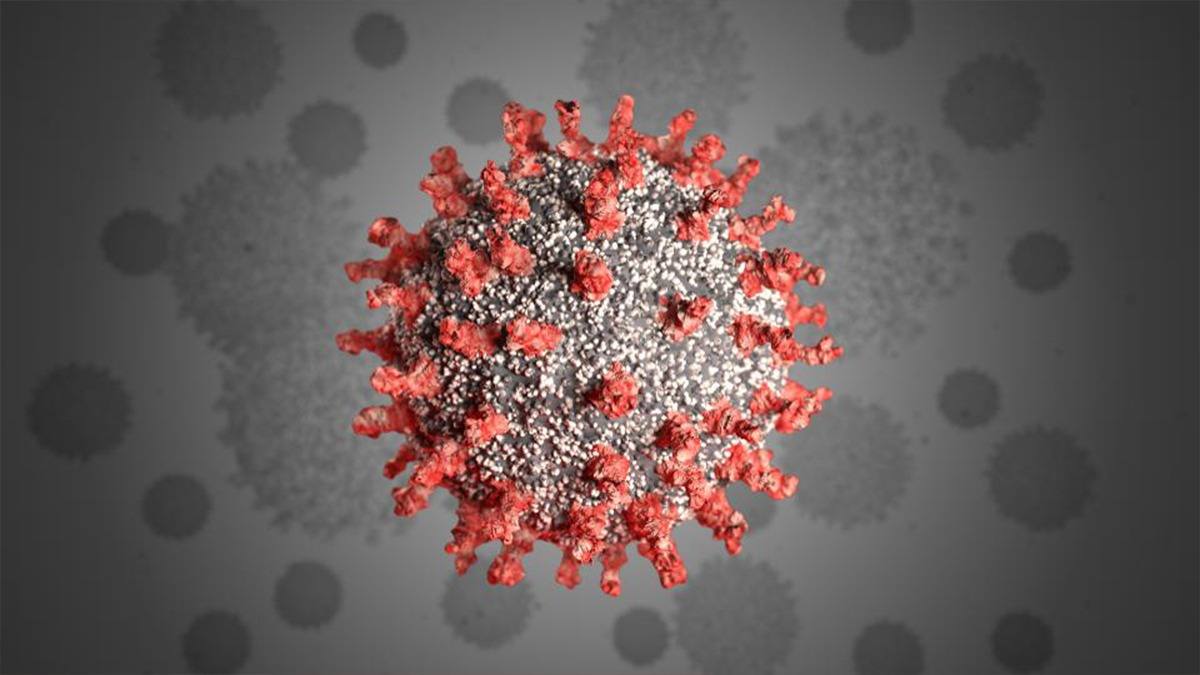Scientists are saying Coronavirus is airborne, asking WHO to Revise Rules

Several researchers state there is proof that novel coronavirus in littler particles on the air all-around can infect individuals and are asking the World Health Organization (WHO) to update rules, the New York Times wrote about it on Saturday.
The WHO has said the coronavirus malady spreads fundamentally from individual to individual through little beads from the nose or mouth, which are ousted when an individual with COVID-19 hacks, wheezes, or talks.
In an open letter to the office, which the analysts intend to distribute in a logical diary one week from now, 239 researchers in 32 nations sketched out the proof indicating littler particles can contaminate individuals, the NYT said.
The WHO didn’t quickly react to a solicitation for input from Reuters.
Regardless of whether brought by enormous beads that zoom through the air after a wheeze, or by a lot littler breathed out drops that may float the length of a room, the coronavirus is borne through air and can contaminate individuals when breathed in, the researchers stated, as indicated by the NYT.
In any case, the wellbeing office said the proof for the infection being airborne was not persuading, as indicated by the NYT.
“Particularly over the most recent few months, we have been expressing a few times that we think about airborne transmission as could reasonably be expected yet unquestionably not bolstered by strong or even clear proof,” Dr. Benedetta Allegranzi, the WHO’s specialized lead of disease counteraction and control, was cited as saying by the NYT.


